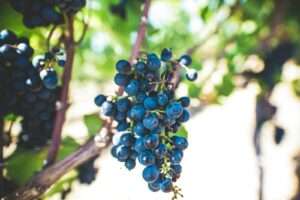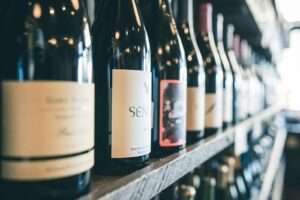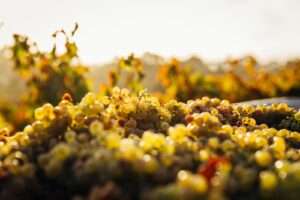Table of Contents
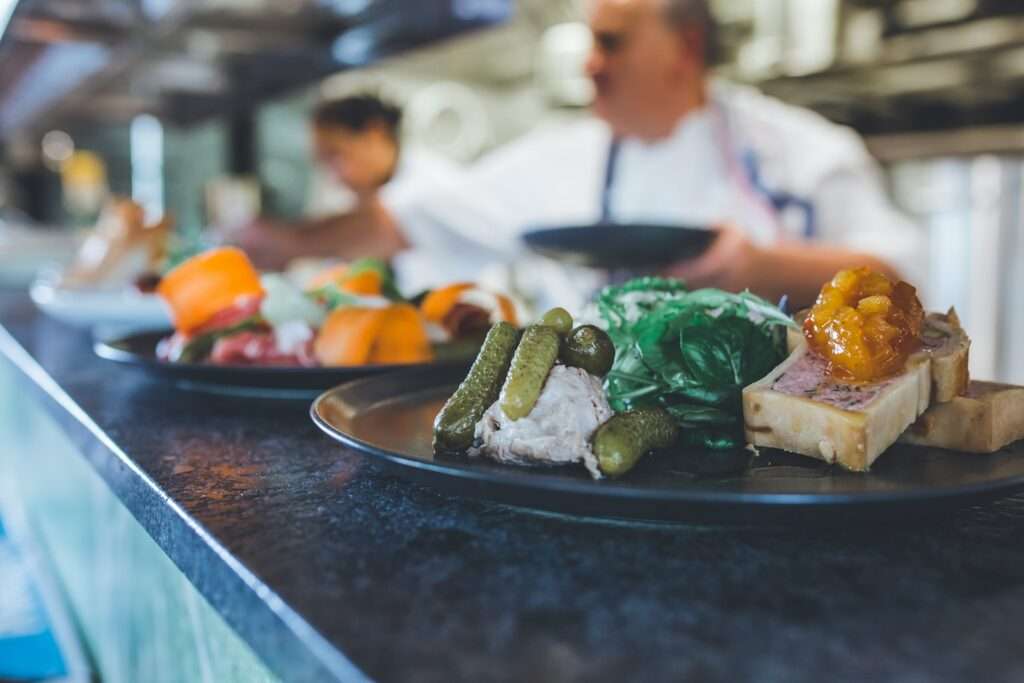
The Ultimate Guide to Culinary Experiences for Unforgettable Events
Introduction
Culinary experiences have become a cornerstone of event planning, offering immersive and flavorful ways to engage guests. Whether you’re planning a corporate retreat, a social gathering, or a brand activation, gourmet dining events and culinary adventures can elevate the experience. This guide explores the best culinary experiences, how they can enhance events, and the latest trends in food-focused gatherings.
Why Culinary Experiences Matter
- They create memorable moments through shared meals and interactive dining.
- They foster networking and social connections in an enjoyable setting.
- They showcase local culture and cuisine, enhancing the event’s uniqueness.
- They offer customization and exclusivity, catering to various tastes and dietary preferences.
Top Culinary Experiences for Events
1. Gourmet Dining Events
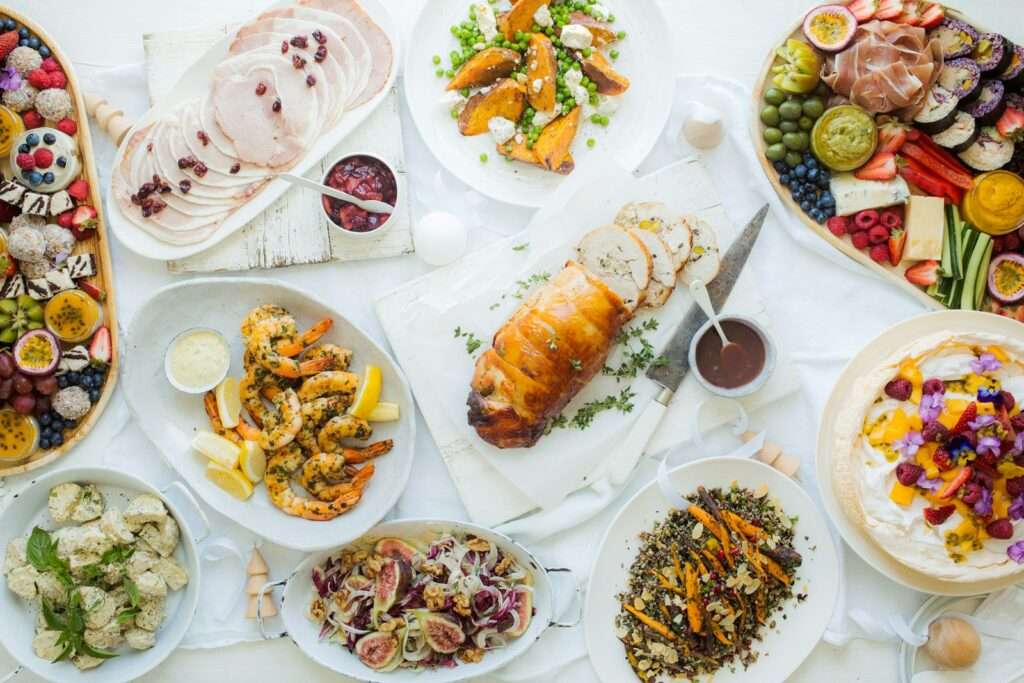
A well-curated dining event can turn an ordinary evening into a luxurious affair. Whether it’s a private chef’s table, a pop-up restaurant, or a themed multi-course meal, these experiences provide a high-end culinary journey.
Elements of a Successful Gourmet Dining Event:
- Exclusive venue selection: Rooftop gardens, vineyards, private estates.
- Signature menu creation: Collaborate with renowned chefs.
- Interactive elements: Live cooking stations, chef interactions.
- Premium beverage pairings: Wine, whiskey, or craft cocktails.
2. Culinary Tours
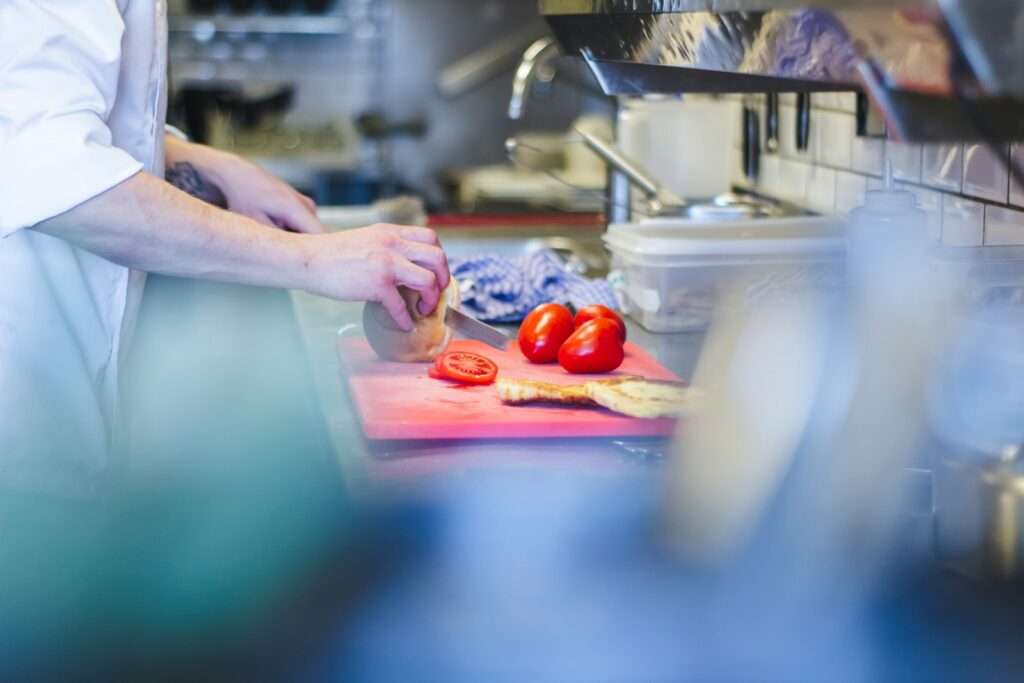
Culinary tours immerse guests in a region’s food culture, offering hands-on tastings and behind-the-scenes insights into local cuisine.
Popular Culinary Tour Ideas:
- Street food safaris: Exploring bustling food markets.
- Farm-to-table experiences: Visiting local farms and tasting fresh ingredients.
- Winery and distillery tours: Pairing drinks with gourmet bites.
- Historical food walks: Discovering traditional dishes with a cultural twist.
3. Cooking Classes
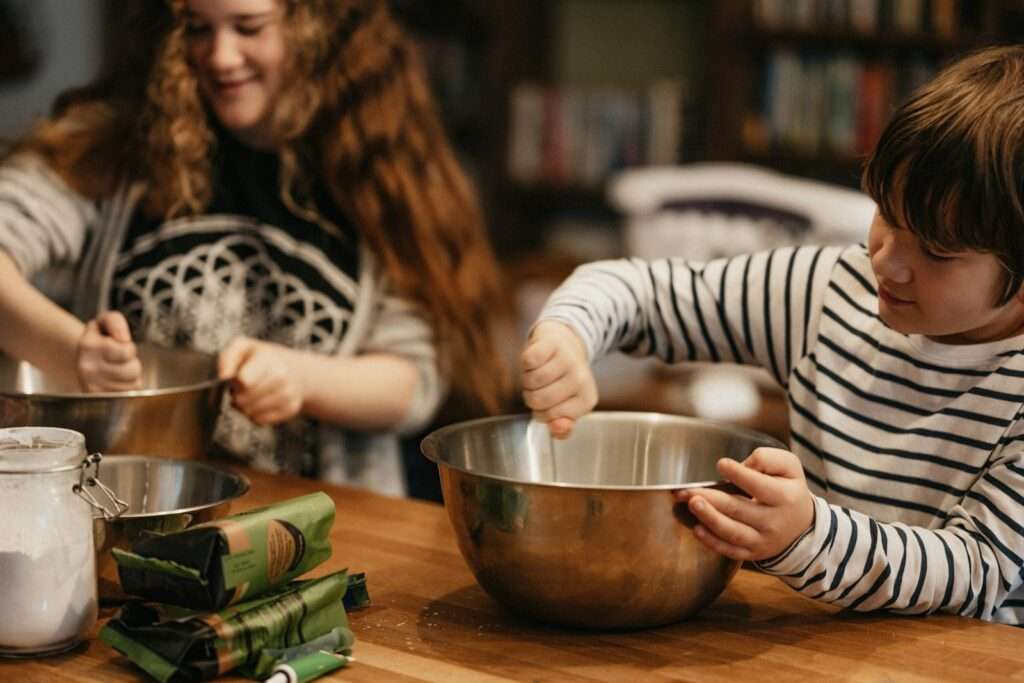
Cooking classes offer an interactive and educational experience, perfect for corporate team-building or private celebrations.
Types of Cooking Classes:
- Regional cuisine workshops: Mastering local dishes.
- Baking and pastry classes: Learning the art of bread-making and desserts.
- Molecular gastronomy sessions: Experimenting with modern culinary techniques.
- Plant-based and healthy cooking: Catering to health-conscious guests.
4. Food and Wine Pairings

Pairing food with the perfect wine enhances flavors and elevates the dining experience.
Elements of a Great Food and Wine Pairing Event:
- Guided tastings by sommeliers
- Themed pairings (e.g., chocolate and wine, cheese and wine)
- Blind tasting challenges
- Interactive mixology workshops
5. Local Cuisine Tastings
Bringing the essence of a destination’s culinary heritage into an event can provide an authentic experience.
Ways to Incorporate Local Tastings:
- Tasting stations featuring regional specialties
- Chef demonstrations of traditional recipes
- Indigenous ingredient showcases
- Cultural storytelling through food
How to Choose the Right Culinary Experience
- Audience Preferences: Consider dietary restrictions and culinary interests.
- Event Theme: Match the experience to the event’s overall vibe.
- Budget Considerations: Factor in costs for ingredients, chefs, and venues.
- Venue Suitability: Ensure the location supports the experience (e.g., kitchen facilities for cooking classes).
Conclusion
Culinary experiences are more than just food—they are a journey into culture, creativity, and connection. Whether it’s an elegant gourmet dining event, a hands-on cooking class, or an immersive food tour, incorporating these elements into your event guarantees an unforgettable experience. Embrace the power of food to transform your next gathering into a gastronomic adventure.
Find out more about our experiences.
You may also want to check out our gallery for past events.









